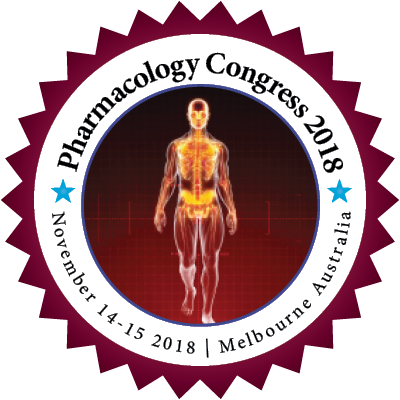
Nader G Abraham
New York Medical College, New York
Title: EET intervention on Wnt1, NOV and HO-1 signaling prevents obesity-induced cardiomyopathy in obese mice
Biography
Biography: Nader G Abraham
Abstract
We have previously reported that epoxyeicosatrienoic acid (EET) has multiple beneficial effects on vascular function, in addition to its anti-apoptotic action; it increases insulin sensitivity and inhibits inflammation. To uncover the signaling mechanisms by which EET reduces cardiomyopathy, we hypothesized that EET infusion might ameliorate obesity-induced cardiomyopathy by improving HO-1, Wnt1, thermogenic gene levels and mitochondrial integrity in cardiac tissues and improved pericardial fat phenotype. EET reduced levels of fasting blood glucose, and pro-inflammatory adipokines including NOV signaling while increasing echocardiographic fractional shortening and O2 consumption. Of interest, we also noted a marked improvement in mitochondrial integrity, thermogenic genes, Wnt 1 and HO-1 signaling mechanisms. Knockout of PGC1a in EET-treated mice resulted in a reversal of these beneficial effects including a decrease in myocardial Wnt1 and HO-1 expression and an increase in NOV. To further elucidate the effects of EET on pericardial adipose tissues, we observed EET treatment increases in adiponectin, PGC1α, pAMPK, insulin receptors phosphorylation and thermogenic genes resulting in a “Browning’ pericardial adipose phenotype under high fat diets. Collectively, these studies demonstrate that an EET-agonist increased Wnt1; HO-1 signaling whiles decreasing NOV pathways and the progression of cardiomyopathy. Furthermore, this report presents a portal into potential therapeutic approaches for the treatment of heart failure and metabolic syndrome.
New and Noteworthy
The mechanism by which EET acts on obesity-induced cardiomyopathy is unknown. We describe a previously unrecognized function of EET infusion that inhibits NOV levels and activates Wnt1, hence identifying NOV inhibition and enhanced Wnt1 expression as novel pharmacologic targets for the prevention and treatment of cardiomyopathy and heart failure.

